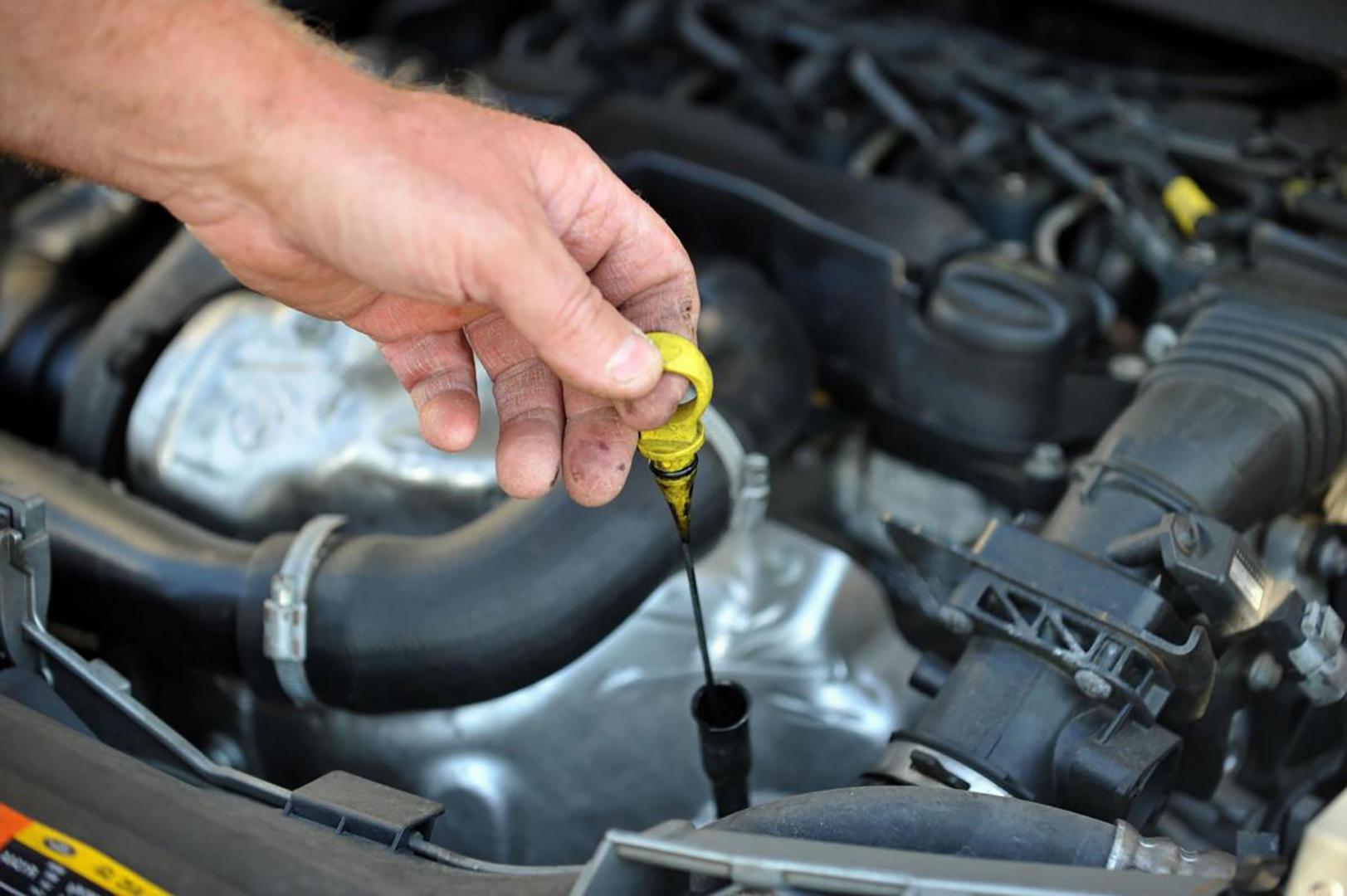
Once a car is three years old, it must be tested each year to check it meets the road safety and environmental requirements. This test is formally known as ‘Ministry of Transport’, in which are carried out at around 21,000 authorised test centres around the country, with each displaying an official blue sign featuring three white triangles.
An MOT test on average takes approximately 45 to 60 minutes, although if you have failed your test, you need to take into consideration the extra time needed to repair the car with the faults found during its test. It’s important to mention an MOT centre shouldn’t allow you to take your car away from them until the problems have been fixed or unless your existing MOT certificate is still valid or you’re taking your car to another garage to fix the problems.
Official test centres have a guideline of how much they can charge you, which was set by the Vehicle and Operator Services Agency. Currently, for cars and motor caravans - the set price is £54.85 and its £29.65 for motorbikes.
MOT checklist
If you have booked an MOT test, here is the official checklist to abide by to make sure you pass:
- Headlights and indicators: front, rear, headlights ( the main beam and dipped), hazard lights and indicators. If any aren’t working, first check for broken bulbs and replace them.
- Brake lights: ask another person to check the rear brake lights come on when you press the brake pedal.
- Tyres: check all the tyres have at least the minimum legal tread depth of 1.6mm, or they’ll be marked as an MOT ‘fail’. Check for any damage such as splits in the tread, bulges or cuts in the sidewalls. Also, check the tyre pressure and increase it at a petrol station if necessary.
- The handbrake: check the tension in your handbrake. If it slides up and down without resistance and can’t be ratcheted to a set level, there’s likely to be a problem needing fixing by a professional mechanic.
- Seats and seatbelts: check the driver’s seat adjusts forwards and backwards and inspect the full length of the seatbelt for any damage. Check all the seatbelts latch and fasten securely, and lock when you give them a sharp tug.
- Windscreen: any damage wider than 10mm in the driver’s central view will cause an MOT fail, as will any damage larger than 40mm in the whole of the swept area.
- Windscreen wipers: make sure your wipers clean your windscreen effectively along with the washers. Remember, any tears or holes in the wiper rubber can mean an MOT fail.
- Suspension check: check the shock absorbers by applying your weight to each corner of the car then quickly releasing it. The corner of the car should quickly return to its original position. If it bounces more than twice, this could mean the shock absorbers are faulty and need to be checked.
- Horn: give a short blast of the horn – if it doesn’t work or isn’t loud enough to attract the attention of pedestrians or other motorists, gets it repaired.
- Exhaust: check for exhaust leaks by starting the engine in a well-ventilated space at normal temperature, then listen from the rear of the car for any unusual noises or abnormal smoke.
- Fuel and engine oil: make sure your car is filled with enough fuel and engine oil – you can be turned away from the MOT if there isn’t enough to test your car’s emissions levels properly.
What are the top 5 reasons for the failure of the MOT test?
1. The screenwash was not topped up.
2. The car had a dirty exterior and/or interior.
3. A registration plate problem, like it, had the incorrect typeface/spacing, dirty or missing altogether.
4. Stickers on the windscreen blocking the driver’s view.
5. Lit-up warning light on the dashboard.
To conclude, don't panic if you have failed your MOT. It's important to make sure you are not putting yourself or others at risk. Furthermore, you might be able to get a partial MOT retest for free or at a discounted rate.
To find out your MOT expiry date click here
For more CarCliq Guides? Click here